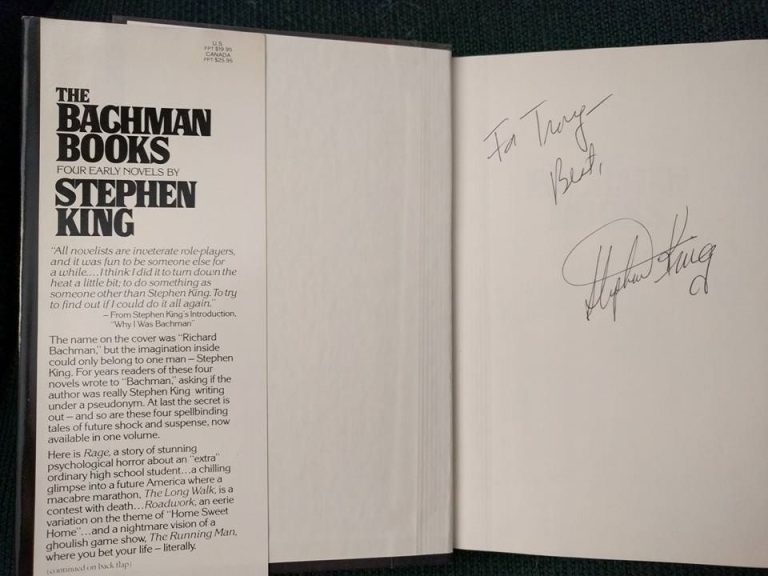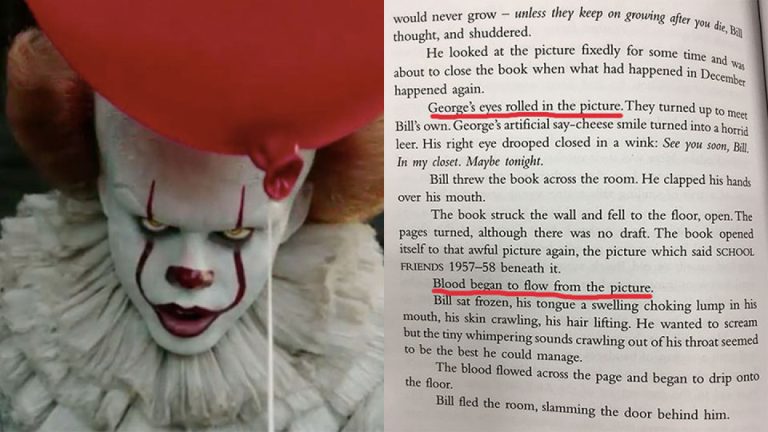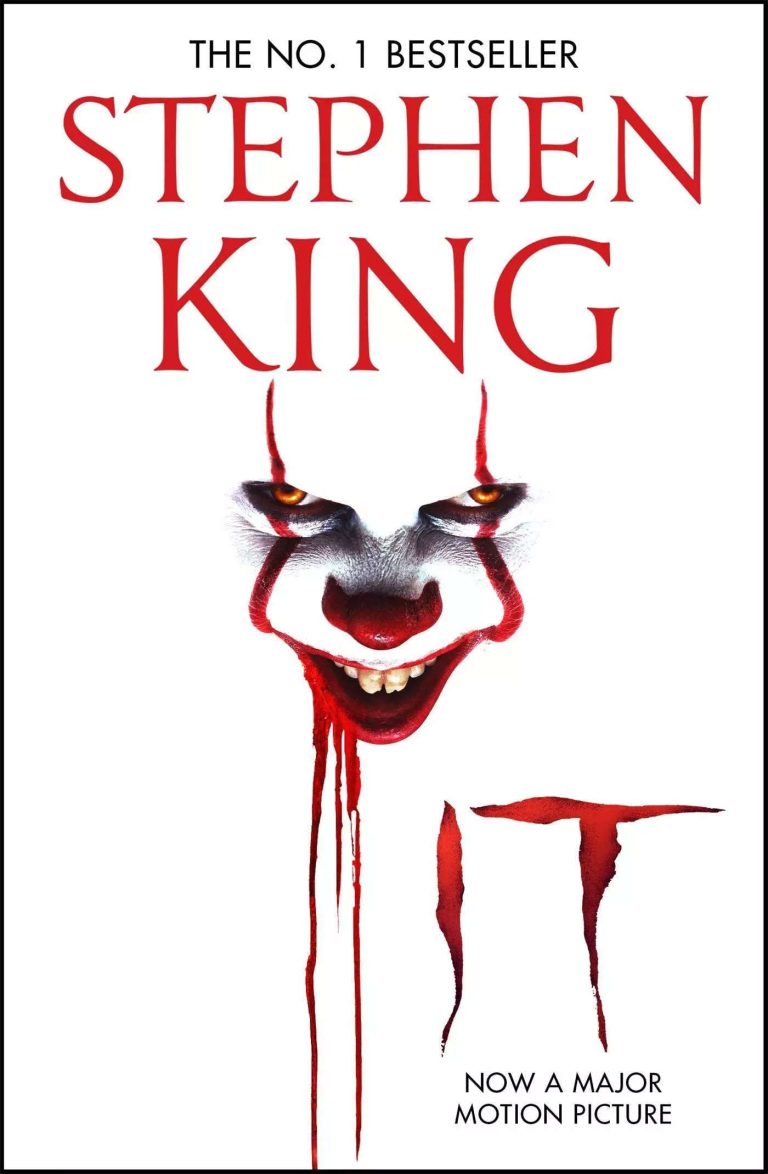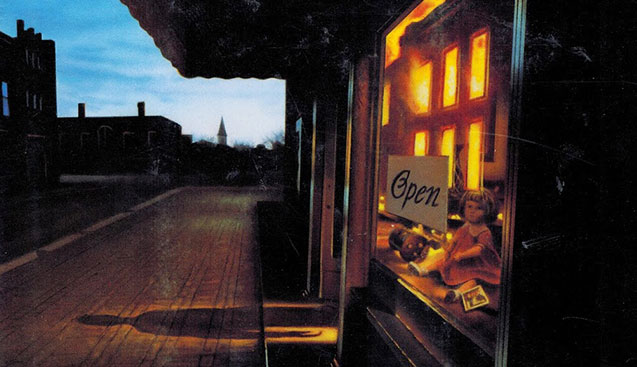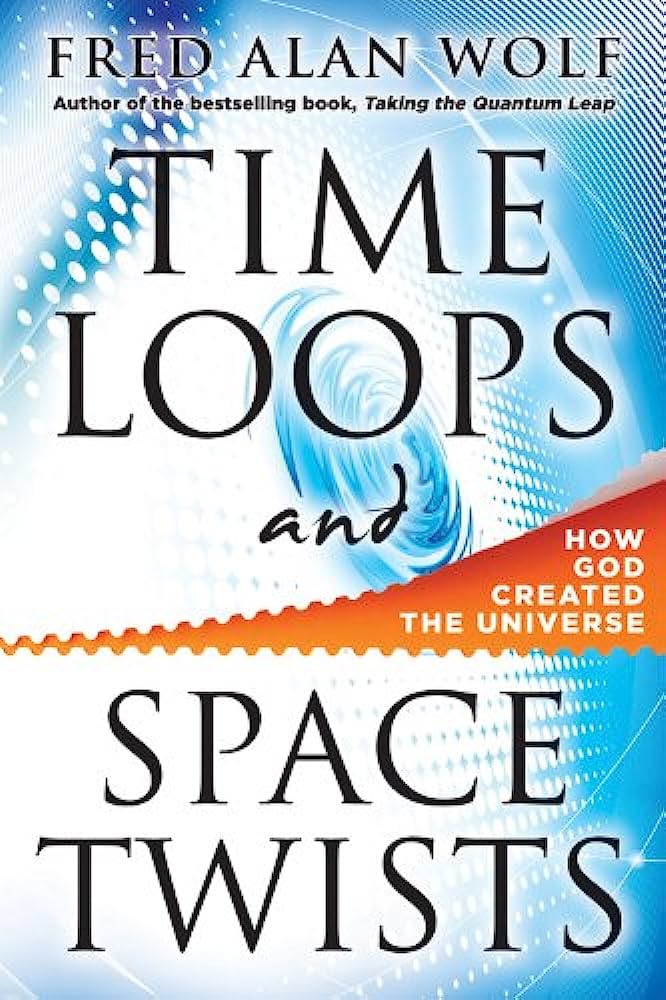Are Stephen King’s Books Connected In Any Way?
If you’re a fan of Stephen King’s books, you might have noticed a recurring theme or two throughout his extensive collection. But have you ever wondered if there’s a deeper connection between all of his stories? Are Stephen King’s books connected in any way? Well, hold on tight, because we’re about to dive into the interconnected world of Stephen King’s imagination.
Stephen King, the master of horror himself, has created an intricately woven universe where his stories often intersect and overlap. While each book can be enjoyed on its own, eagle-eyed readers have discovered subtle references, shared characters, and even direct crossovers that link the stories together. It’s like a hidden treasure hunt for fans, where you never know when you’ll stumble upon a familiar face or a nod to another tale.
From the small town of Derry in “It” to the haunted Overlook Hotel in “The Shining,” Stephen King’s universe is vast and sprawling. Characters like the enigmatic Randall Flagg, who appears in multiple books, including “The Stand” and “The Dark Tower” series, act as a common thread between various narratives. These connections not only enhance the reading experience for longtime fans but also provide a sense of depth and continuity to King’s body of work. So, buckle up and get ready to explore the interconnected web of Stephen King’s books like never before.

Are Stephen King’s Books Connected in Any Way?
Stephen King is a prolific author known for his captivating and often terrifying novels. Many readers have wondered if there is a connection between his books, beyond the shared themes of horror and suspense. In this article, we will explore whether Stephen King’s books are connected in any way, uncovering the intricate web he has woven throughout his extensive body of work.
Interconnected Themes and Characters
Stephen King’s books are not directly linked through a single overarching storyline. However, keen readers will notice recurring themes, settings, and characters that create a sense of cohesion within his literary universe. King often references locations such as Castle Rock, Derry, and Jerusalem’s Lot, which serve as the backdrops for multiple novels. These shared settings provide a familiar foundation for readers and establish a sense of continuity.
Additionally, King frequently includes references to his other works, subtly connecting his stories and characters. For example, the character of Randall Flagg appears in several novels, taking on different personas but maintaining a consistent presence. This interplay between books creates an intricate tapestry that rewards attentive readers.
The Dark Tower Series: The Nexus of King’s Universe
One of the most significant connections among Stephen King’s books is the Dark Tower series. This epic saga serves as a hub for his entire literary universe, bringing together characters, locations, and concepts from various novels. The Dark Tower acts as a central axis that links many of King’s works, providing a deeper understanding of the connections between his stories.
The Dark Tower series follows the journey of Roland Deschain, the last gunslinger, as he seeks to reach the eponymous tower and save his crumbling world. Along the way, Roland encounters characters and creatures from other King novels, such as the villainous Randall Flagg and the psychic child, Jake Chambers. Through the Dark Tower series, King unifies his multiverse, intertwining the narratives of his diverse books.
The Multiverse of Stephen King
Stephen King’s books exist within a multiverse, a concept that encompasses multiple parallel universes and dimensions. This allows King to explore different versions of his characters and settings, creating a rich and expansive narrative tapestry. The multiverse concept is most prominently featured in the Dark Tower series, but it also influences many other works in King’s bibliography.
Within the multiverse, characters from one book can appear in another, often with slight variations in their stories or personalities. This adds depth and complexity to King’s storytelling, as readers are rewarded for their familiarity with the interconnectedness of his works. The multiverse also provides an opportunity for readers to delve deeper into King’s universe, uncovering hidden connections and Easter eggs.
The Importance of Reading Order
To fully appreciate the interconnected nature of Stephen King’s books, reading order becomes crucial. While each novel can be enjoyed on its own, the experience is enhanced when the books are read in a specific sequence. Certain characters and events are introduced in earlier works and play significant roles in later ones. By following a suggested reading order, readers can witness the intricate connections unfold and gain a comprehensive understanding of King’s universe.
It is worth noting that the reading order is not set in stone, and different fans may have their preferred sequences. However, starting with the Dark Tower series and branching out from there is a common approach that allows readers to fully immerse themselves in the interconnected world of Stephen King’s books.
The Influence of Stephen King’s Universe
Stephen King’s interconnected universe has had a profound impact on the world of literature and popular culture. The rich tapestry of his stories has inspired countless authors, filmmakers, and artists, who have paid homage to his works or created their interpretations within his universe. The influence of King’s interconnectedness can be seen in various forms of media, from television adaptations to graphic novels.
Furthermore, the shared themes and motifs within King’s books have resonated with readers worldwide. His exploration of fear, the supernatural, and the human condition creates a sense of familiarity and relatability, even within the most chilling tales. Through his interconnected universe, King has created a shared experience for readers, fostering a sense of community and appreciation for his storytelling prowess.
The Legacy of Stephen King’s Interconnected Books
Stephen King’s interconnected books have left an indelible mark on the literary landscape. His ability to create a cohesive universe while allowing each story to stand on its own is a testament to his mastery as a storyteller. The connections between his books provide readers with an immersive and rewarding experience, encouraging them to explore the hidden depths of his multiverse.
As Stephen King continues to write and expand his universe, readers can look forward to discovering new connections and unraveling the intricate web he has spun. Whether delving into the Dark Tower series or exploring the shared settings and characters scattered throughout his works, the journey through Stephen King’s interconnected books is a thrilling and captivating adventure for fans of horror and literature alike.
Key Takeaways: Are Stephen King’s books connected in any way?
- Stephen King’s books are connected through a shared universe called the “Stephen King Multiverse.”
- Characters, locations, and events often overlap between different books, creating a cohesive narrative.
- The Dark Tower series serves as a central hub, connecting many of King’s novels together.
- Easter eggs and references to other books can be found throughout King’s works, adding to the interconnectedness.
- Reading multiple books allows readers to uncover hidden connections and deepen their understanding of King’s fictional universe.
Frequently Asked Questions
Stephen King is a renowned author known for his extensive body of work in the horror genre. Many readers have wondered if his books are connected in any way. In this section, we will explore the connections between Stephen King’s books and shed light on this intriguing question.
1. Are there any recurring characters in Stephen King’s books?
Yes, Stephen King’s books often feature recurring characters, creating a sense of interconnectedness within his fictional universe. One notable character is Randall Flagg, who appears in several of King’s novels, including “The Stand” and “The Dark Tower” series. Another recurring character is Sheriff Alan Pangborn, who makes appearances in “Needful Things,” “The Dark Half,” and “Bag of Bones.” These connections add depth and richness to King’s storytelling, as readers can discover familiar faces in different stories and see how their experiences intertwine.
It’s worth noting that while some characters pop up in multiple books, each story can still be enjoyed on its own. You don’t necessarily need to read every book to understand the connections, but if you do, you’ll uncover even more layers and Easter eggs sprinkled throughout King’s works.
2. Do Stephen King’s books take place in the same universe?
Yes, Stephen King’s books predominantly take place in the same universe, often referred to as the “Stephen King Multiverse.” This interconnected universe allows characters, locations, and events from different books to exist in the same fictional realm. For example, the town of Castle Rock appears in various novels, including “Cujo,” “The Dead Zone,” and “The Dark Half.”
While some books are more directly connected than others, there are subtle references and crossovers throughout King’s works that create a cohesive tapestry. It’s an exciting aspect for readers who enjoy discovering these connections and uncovering the intricacies of King’s universe.
3. Can I read a Stephen King book without prior knowledge of his other works?
Absolutely! Each of Stephen King’s books is designed to be enjoyed as a standalone story. While there are connections and references to other books within his works, they are not essential for understanding or appreciating the individual story you’re reading. King is skilled at crafting narratives that can be enjoyed by both newcomers and longtime fans alike.
However, if you are a fan of interconnected storytelling and want to delve deeper into the Stephen King Multiverse, you can explore the connections at your own pace. It can be a rewarding experience to discover the subtle links between books and witness how they enhance the overall reading experience.
4. Are there any recommended reading orders for Stephen King’s books?
While there is no definitive reading order for Stephen King’s books, some readers prefer to follow a chronological order based on the events and connections within the stories. Starting with King’s earlier works and progressing through his later ones can provide a sense of continuity and allow you to witness the evolution of his writing style.
However, it’s important to note that reading order is subjective, and there is no right or wrong way to approach Stephen King’s books. You can pick up any novel that catches your interest and dive right in. Whether you choose to follow a specific reading order or read them in a random sequence, the most important thing is to enjoy the journey and immerse yourself in King’s captivating storytelling.
5. Are there any upcoming books or planned connections in Stephen King’s works?
As of now, Stephen King has not announced any specific upcoming books or planned connections within his works. However, King is known for surprising his readers with unexpected connections and references, so it’s always exciting to see what he has in store for us in the future.
With his prolific imagination and vast body of work, fans can look forward to diving into new stories and discovering potential connections that add depth and excitement to the Stephen King Multiverse.
How Every Stephen King Movie Is Connected
Final Summary: The Intriguing Connections in Stephen King’s Books
Throughout his extensive body of work, Stephen King has woven a web of interconnected stories and characters that captivate readers and immerse them in his unique universe. From the haunted streets of Derry to the eerie corners of Castle Rock, King’s books are intricately linked, creating a rich tapestry of interwoven narratives. These connections provide a sense of familiarity and depth for avid fans, as they discover the subtle threads that bind the stories together.
King’s masterful storytelling not only keeps readers on the edge of their seats but also rewards their dedication by offering glimpses into familiar characters and locations across his novels. The fictional town of Castle Rock serves as a recurring backdrop, housing a multitude of sinister events and characters that traverse different books. Whether it’s the iconic Pennywise the Dancing Clown from “It” or the enigmatic Randall Flagg from “The Stand,” these recurring figures add an extra layer of intrigue and complexity to the stories.
Furthermore, King’s interconnected universe extends beyond the boundaries of individual novels. References and Easter eggs are scattered throughout his works, creating a sense of continuity and shared experiences for readers. From the ominous presence of the “Dark Tower” to the recurring appearance of the fictional writer Richard Bachman, King’s books are filled with subtle nods and connections that reward attentive readers with a deeper understanding of his expansive world.
In conclusion, Stephen King’s books are indeed connected in remarkable ways. Through recurring characters, shared locations, and subtle references, King weaves a complex tapestry that invites readers to explore the depths of his imagination. So, whether you’re a lifelong fan or a newcomer to his works, dive into the interconnected web of Stephen King’s books and prepare to be enthralled by the mysteries that lie within.

